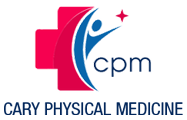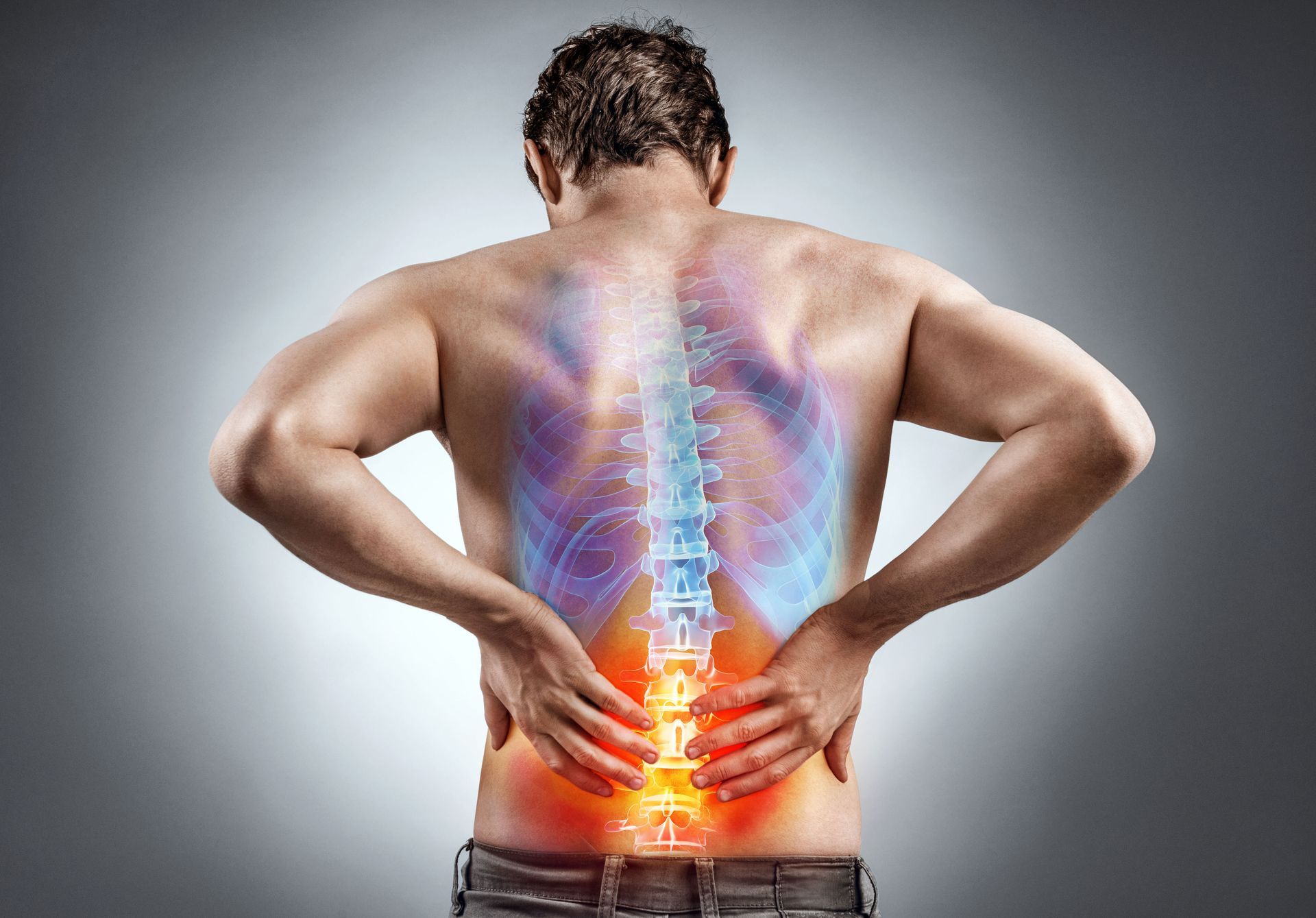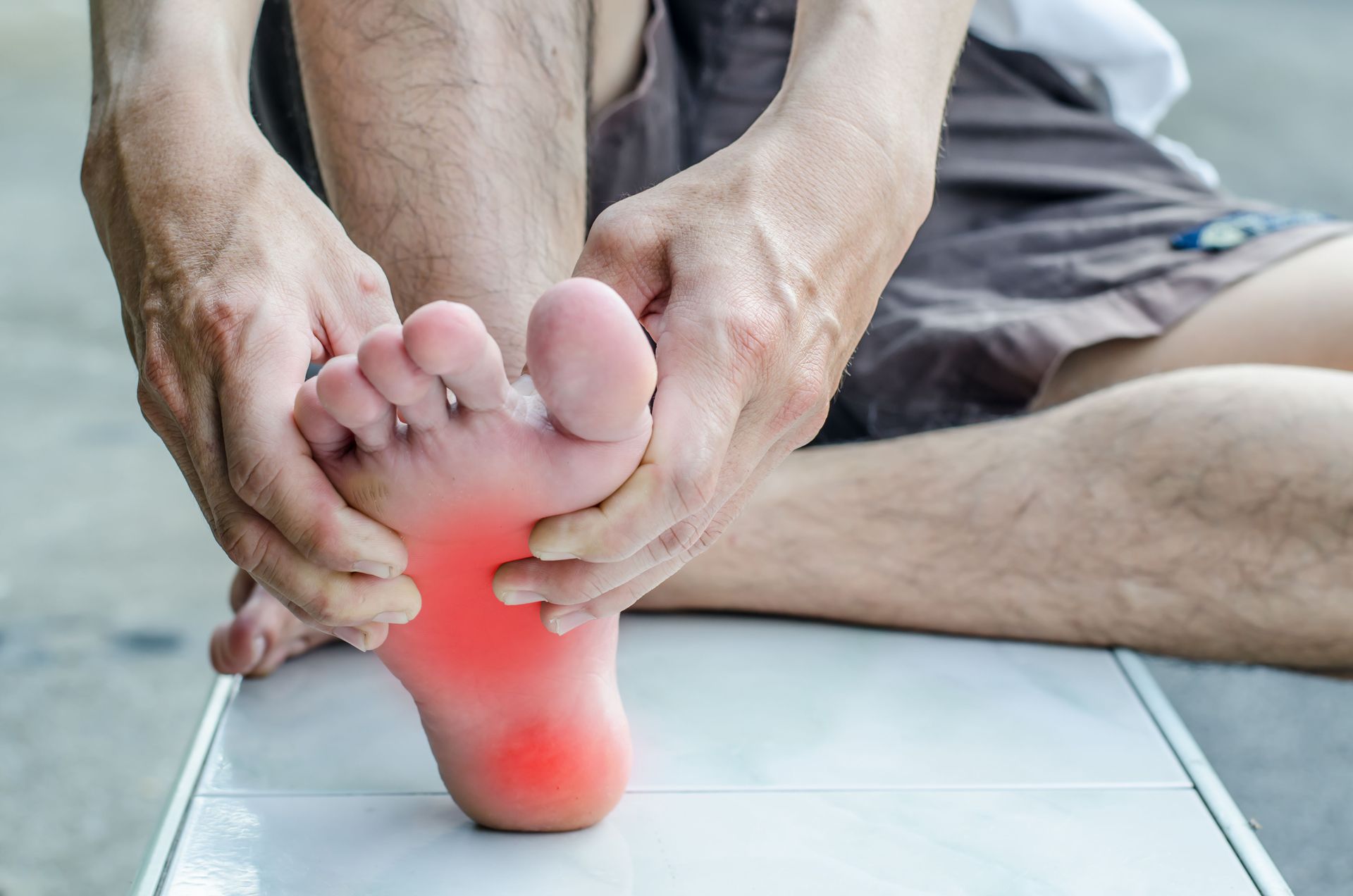What’s the Difference Between a Bulging Disc and a Herniated Disc?
Back problems can be extremely painful and debilitating for many people. According to the CDC, as many as 20% of American adults experience back pain each year. Such pain often results from injury, age, or disc alignment issues from cracks and bulging. Are you wondering what the difference is between a herniated and a bulging disc? Here's a quick look at what to know.
Outer Layer Damage
When you have a bulging disc, the outer layer of the disc usually protrudes outward. In most cases, it involves a quarter or half of the disc’s circumference. However, when the problem is a herniated disc, there's usually a crack in that outer layer. When this crack happens, it allows the nucleus pulposus or the inner soft cartilage material to protrude out.
Pain Level
Pain is more intense when your disc becomes herniated. The protrusion of the inner nucleus can cause more irritation to nerve roots compared to a bulging disc. After all, the outer cartilage bulging has less impact on nerve roots. With a herniated disc, you may experience more discomfort and are likely to develop conditions like sciatica from nerve compression. Sciatica happens when there's compression on the largest nerve in the body, the sciatic nerve, resulting in radiating pain or numbness from the lower back down to the heel.
Damage Level
Between a bulging and herniated disc, there is more damage when it's herniated. A bulging disc cartilage is still intact. However, a herniated disc happens because of a tear or a crack in that cartilage. According to the National Institute of Health, individuals between the ages of 30 and 50 are most likely to have a herniated disc. Herniated discs can lead to more severe nerve damage compared to bulging discs, potentially causing long-term issues if left untreated. It's important to seek medical attention if you suspect you have a herniated disc to prevent further complications.
Causes
Your
bulging disc may be due to age-related wear from reduced flexibility and spinal fluid lubrication. Plus, degeneration naturally happens with age, even more so with cases of osteoporosis. Injury and repetitive strain, such as from heavy lifting in sports or jobs, can cause a tear or bulge.
If you have any problems such as localized pain, nerve tingling, or numbness, reach out to a professional for diagnosis and treatment. Our medical facility has been providing neck and back pain treatment for over 40 years. For same-day treatment in IL, contact Cary Physical Medicine today.
Business Hours
- Mon, Wed, Thu
- - -
- Tuesday
- -
- Friday
- Closed
- Saturday
- -
- Sunday
- Closed




Share On: